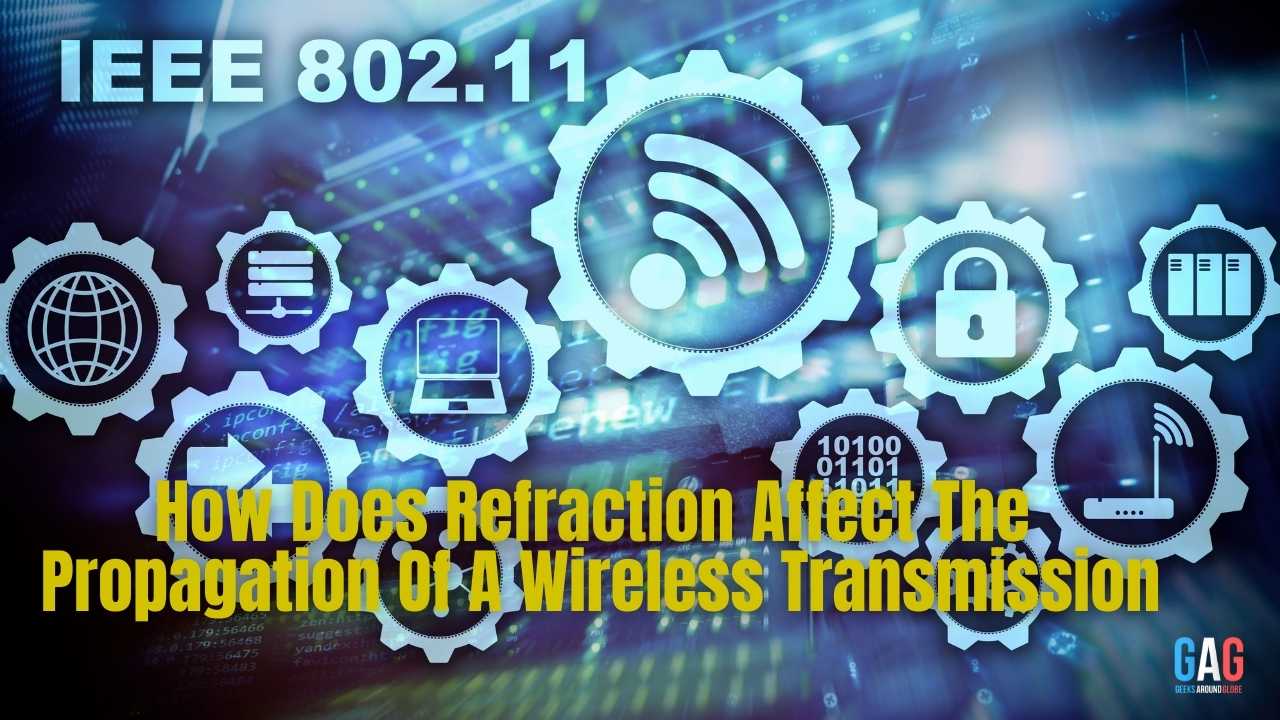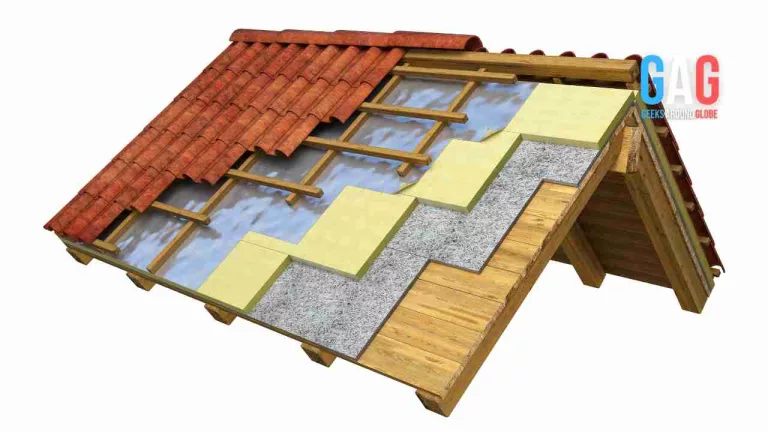Wireless transmission is a mode of unguided media to communicate from one end to another. When setting up a wireless transmission portal, a user should be proactive in considering the materials’ impact on signal strength.
What is the Specialty of Wireless Transmission?
The absence of physical links distinguishes the wireless transmission process. It is a user-friendly communication strategy to share information with others. Thanks to this technique users can get linked to global networks irrespective of geolocation and LAN (Local Area Network) hubs.
Fundamental Causes of Singal Propagation
There are five major signal propagation causes. Each cause delivers a different outcome to the user and disturbs the internal network. Namely,
- Reflection:- Wireless frequency bounces off a medium and transmits completely to the opposite direction. Metal is one such medium that causes reflection.
- Absorption:- Signal passes through a medium but with less power. All materials absorb signal strengths but at different rates.
- Refraction:- A wave changes its direction when passing through a medium and reduces its power.
- Diffraction:- When a wave bends around and abject diffraction occurs. This may arise due to natural landscape conditions, such as hills and valleys.
- Scattering:- The wave hits the object and split into multiple waves.
Impact of Refraction on Wireless Transmission?
Wireless transmission occupies radio frequencies that change their direction due to refraction. Refraction happens due to several reasons. The most highlighted are the environmental/weather conditions. But what is the cause of this diversion?
Radio frequencies change their transmitting speed based on the surrounding atmosphere. Consider a situation where a signal transmits between two extensive destinations. Throughout its journey to the intended destination, the signal will transmit through several transmitting layers.
Furthermore, when the radio frequency gets transmitted from the antenna, it starts to reduce its power. In most cases, this happened due to the absorption effect. Every material layer absorbs the power of the transmitted signal in various strengths. Hence technically a transmitted radio frequency curve has a diminishing curve of power over time.
Power diminished signals show some deviations at the boundaries of mediums with different densities. This calls the effect of the refraction of radio signals. When a radio signal transmits through different atomic layers it fluctuates its transmitting speed. These changes in speed cause deviations in the transmitting angle and cause propagation. Generally, it is considered that at a boundary point, a radio signal gets partially refracted and reflected. This indicated another harm to the signal strength. So if a system establishes without noting the impact of refraction then it may cause troubles. The case is significant for medium and short waves.
Also read: How to choose the best Wi-Fi repeater for your home network?
Conclusion
Wireless transmission eases modern-day life by providing an unguided media platform to link devices to the internet. When setting up a wireless transmission hub, the users should take proactive actions to secure signal strength. This avoids unwanted signal propagation caused by reflection, absorption, refraction, diffraction, and scattering. Among such refraction shows a significant deal. Refraction causes wireless transmission issues mostly due to the density changes of the surrounding atmosphere. Maintaining a healthy strength of the signal will minimize the impact of this propagation issue.







